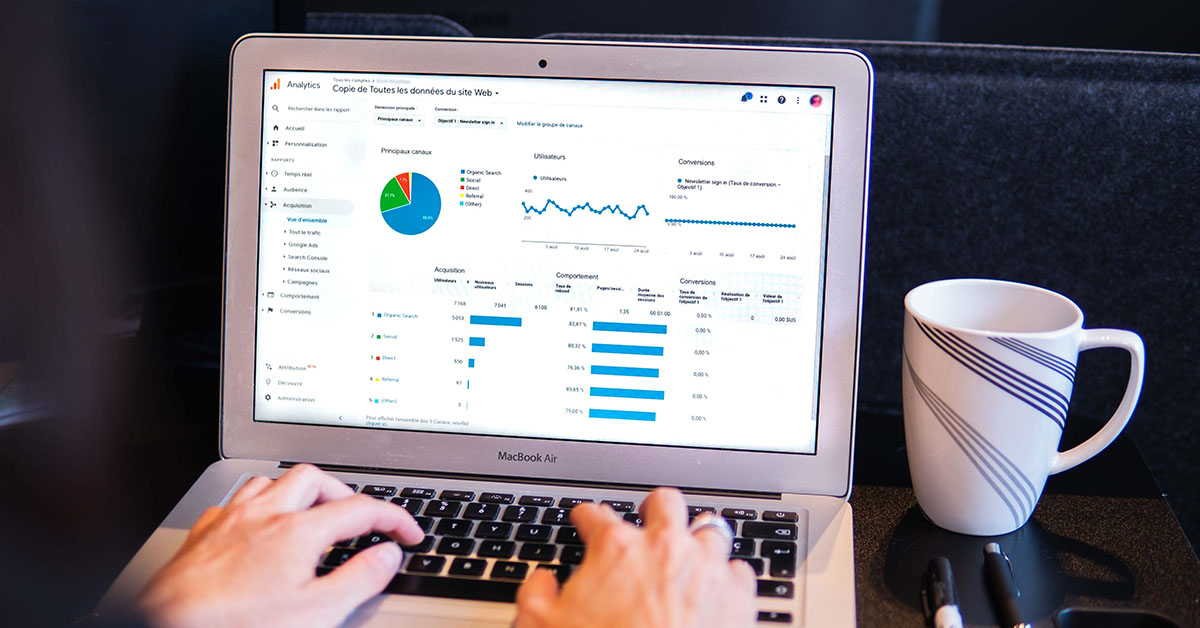Be clear about your data: always use a data availability statement
10/10/2022

Data availability statements, also known as data access statements, are included in publications to describe where the data associated with the paper is available, and under what conditions the data can be accessed. They are required by many funders and scientific journals as well as the UKRI Common Principles on Data Policy.
From 1 April 2022, anyone receiving UKRI funding has been required to include a Data Access Statement (DAS) to in-scope research articles , even where there are no data associated with the article or the data are inaccessible (as described in a previous post).
Cranfield University’s Open Access Policy similarly holds researchers responsible for ‘Ensuring published results always include a statement on how and on what terms supporting data may be accessed.’
The exact wording of your DAS is required when you apply to the Library for funding to pay an article processing charge (APC). It’s essential, therefore, that researchers have read and understood the guidelines on data statements before applying for APC funding.
This supports the FAIR Data Principles which were developed and endorsed by researchers, publishers, funding agencies and industry partners in 2016, from a Nature Scientific Data publication, and are designed to enhance the value of all digital resources. It should be possible for humans and machines to gain access to your data, under specific conditions or restrictions where appropriate.
FAIR does not mean that data need to be open, however metadata should be present, even if the data aren’t accessible.
To support the message ‘Be clear about your data: always use a data availability statement’, researchers can take advantage of a Compliancy Health Check on any publication until the end of 2022. Book a Compliancy Health Check either in-person or virtually; alternately, researchers are welcome to email researchdata@cranfield.ac.uk to have any query relating to their data availability statement answered.
Photo by Myriam Jessier on Unsplash.
Categories & Tags:
Leave a comment on this post:
You might also like…
Keren Tuv: My Cranfield experience studying Renewable Energy
Hello, my name is Keren, I am from London, UK, and I am studying Renewable Energy MSc. My journey to discovering Cranfield University began when I first decided to return to academia to pursue ...
3D Metal Manufacturing in space: A look into the future
David Rico Sierra, Research Fellow in Additive Manufacturing, was recently involved in an exciting project to manufacture parts using 3D printers in space. Here he reflects on his time working with Airbus in Toulouse… ...
A Legacy of Courage: From India to Britain, Three Generations Find Their Home
My story begins with my grandfather, who plucked up the courage to travel aboard at the age of 22 and start a new life in the UK. I don’t think he would have thought that ...
Cranfield to JLR: mastering mechatronics for a dream career
My name is Jerin Tom, and in 2023 I graduated from Cranfield with an MSc in Automotive Mechatronics. Originally from India, I've always been fascinated by the world of automobiles. Why Cranfield and the ...
Bringing the vision of advanced air mobility closer to reality
Experts at Cranfield University led by Professor Antonios Tsourdos, Head of the Autonomous and Cyber-Physical Systems Centre, are part of the Air Mobility Ecosystem Consortium (AMEC), which aims to demonstrate the commercial and operational ...
Using grey literature in your research: A short guide
As you research and write your thesis, you might come across, or be looking for, ‘grey literature’. This is quite simply material that is either unpublished, or published but not in a commercial form. Types ...






